How to save a bridge? More than 6 hours after the heavy car pressed the beam, many parties recalled the thrilling moment.
CCTV News:Baoji-chengdu railway is the main artery connecting northwest and southwest. Because of the early completion of the line and low grade, how to deal with the extraordinary flood peak has become the number one problem for the railway department. On the morning of July 11th, due to the heavy rainfall in Sichuan, the water level of the Fujiang River in Mianyang City rose sharply, and the Fujiang Bridge on the baoji-chengdu railway was in danger of being washed away by the flood.
On July 11th, the K283 train was delayed by 7 hours due to heavy rain.
On July 11th, a large number of passengers in Chengdu Railway Station refunded their tickets and changed their visas.
On July 11th, Mianyang Works Section was blocked.
It turned out that Mianyang section of baoji-chengdu railway was blocked by heavy rain, and the water level of Fujiang River rose sharply. No one thought that this would be a catastrophic flood once in 50 years.
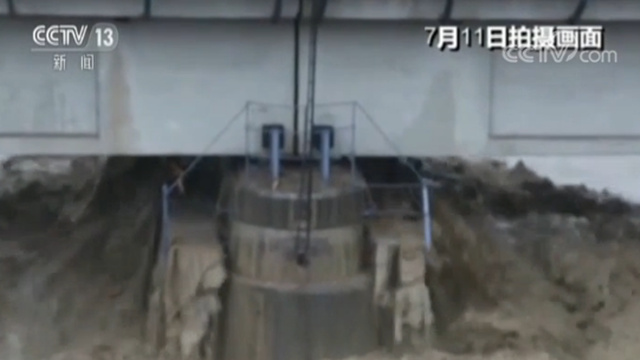
Xu Xingwu, section chief of Mianyang Works Section of China Railway Chengdu Bureau Group Co., Ltd.: "I have worked for so many years, and I know that the maximum flood discharge of this bridge was 8000 cubic meters per second, so it exceeded 50% yesterday (11th)."
Railway bridges generally have two water levels, the lower of which is the speed limit water level. Once the blocked water level is reached, you can’t drive. How to deal with dangerous situations is a test for railway public works workers. They know very well that the Fujiang Bridge on the upstream line has been built for more than 60 years, and the lightness of steel beams will become a fatal shortcoming in the face of floods.
Xu Xingwu: "The main span is a steel beam bridge, because it is light in weight, and its resistance to lateral force is poor, just like building blocks. If you put a force on the building blocks to hold them down, it will not be easy to push them down."
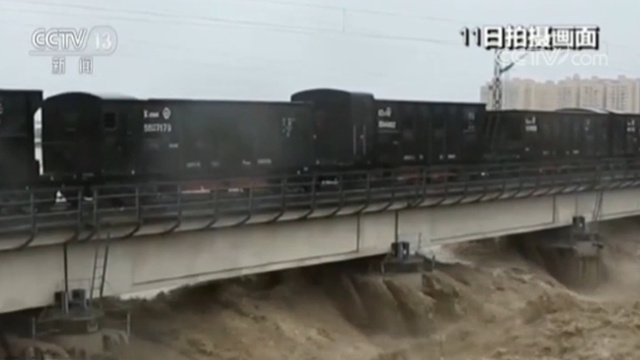
Who will press and how? Everyone has the same idea. Lu Minghui, deputy section chief of Mianyang Works Section of Chengdu Bureau Group Co., Ltd. of China Railway, said: "For the special flood, our flood control office has formulated a plan to deal with the catastrophic flood."
Xu Xingwu: "We have to take unconventional measures and adopt ‘ according to our own experience and basic principles. Heavy trucks press the bridge ’ The way to stabilize this bridge. "
Seeing the rising water level, it is urgent to make decisions as soon as possible. However, it is not easy to make a decision to "weigh the car against the beam".
Shi Guangde, director of the dispatching office of Chengdu Railway Bureau Group Co., Ltd., said: "The first thing we consider is the personal safety of locomotive crew and engineering technicians, and the second thing we consider is whether the weight of the loaded freight train can meet the carrying capacity of this line bridge."
After more than ten minutes of difficult and careful research, the dispatching office officially ordered. The train is over 45 knots, loaded with ballast, weighing 4,000 tons, and the bridge is crushed by heavy vehicles!
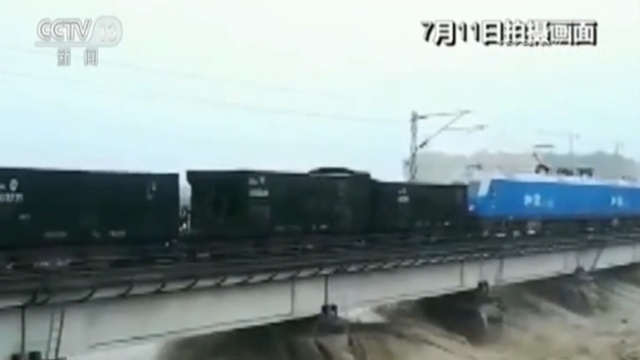
Lu Minghui: "The water level is about one meter away from the bottom of the beam, and there are basically no large floating objects in the upper reaches, so we decided to put the car in the past."
There are four drivers driving these two trains, both born in 1990s. It is the first time for them to cross the Fujiang Bridge at a constant speed of less than 10km/h..
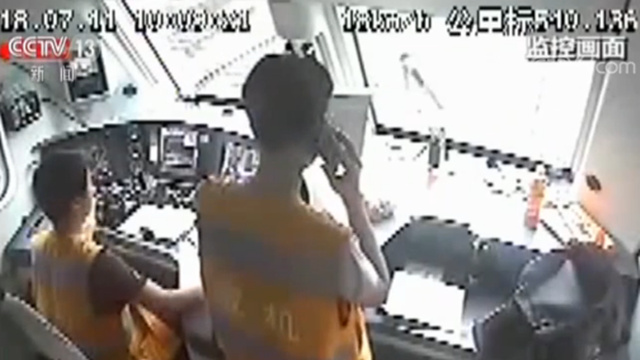
Zhang Qiang, driver of Chengdu Locomotive Depot of China Railway Chengdu Bureau Group Co., Ltd.: "This task has never been encountered before, and it must be tense. It was a heavy-duty train pulled at that time. If the operation is not stable, it will have a great impact on the bridge deck, and the flood impact may make the bridge collapse."
Usually, the speed limit of freight trains passing through Fujiang Bridge is 80km/h, but the speed should not exceed 10km/h, and in case of heavy load, the starting and braking must be stable to reduce the impact on the bridge. It’s a bit like threading a needle. It has to be accurate. In addition, the freight train used this time is also called "railway special ballast unloading vehicle" in the industry. Recently, Mianyang Works Section is undergoing line overhaul, and the ballast unloading vehicle is parked near Mianyang, so it was put in use at the first time. However, when the car crossed the bridge, thorny problems followed.
When the car got off the bridge, everyone didn’t relax, and everything was just beginning. At 12 noon, the water level reached its peak.
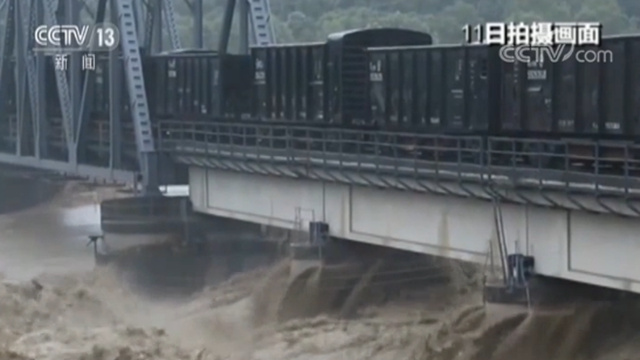
Xu Xingwu: "We are most worried and scared when we have started to scour the bearing. Of course, there is a heavy-duty train and a heavy-duty train of more than 4,000 tons on the bridge at this time. We feel that the problem should not be too big."
However, news came from the upstream that a large number of floating objects were washed into the river. When did they arrive here and how to deal with them? Everyone’s heart was in their throats.
It is not only the public workers who are highly nervous, but also the four drivers in the locomotive have been on standby during the six hours of bridge pressing.
Chen Long, driver of Chengdu Locomotive Depot of China Railway Chengdu Bureau Group Co., Ltd.: "Our locomotive stayed in a safe zone after crossing the bridge. The locomotive is equivalent to being in operation all the time, which means that the car has not turned off." Zhang Qiang, driver of Chengdu Locomotive Depot of China Railway Chengdu Bureau Group Co., Ltd.: "If the flood continues to rise, it will cause certain danger to the bridge deck, and we will also drive the car out immediately."
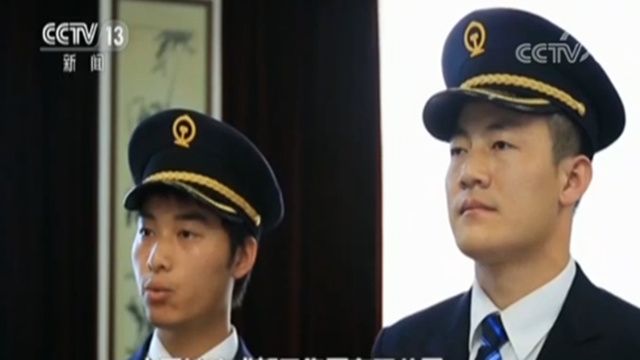
At 4: 30 in the afternoon, the flood peak receded, and the train left the scene. The driver’s work came to an end temporarily, but in the hands of the public works workers, the last security line before opening to traffic was still being held.
Xu Xingwu: "There is still a lot of follow-up work, mainly inspection and monitoring, especially whether there is any damage to the internal structure of the pier and whether its foundation is washed."
After inspection, it was confirmed that baoji-chengdu railway began to return to normal traffic 8 hours after the heavy car pressed the beam.
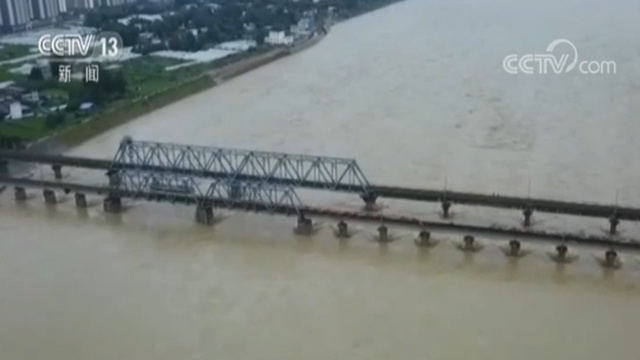
Shi Guangde: "The decision to use freight trains to press beams also provides a scientific basis for later decision-making."
Xu Xingwu: "A soldier’s greatest contribution to the country is not sacrifice but victory. I think we can win if we can keep this bridge!" "